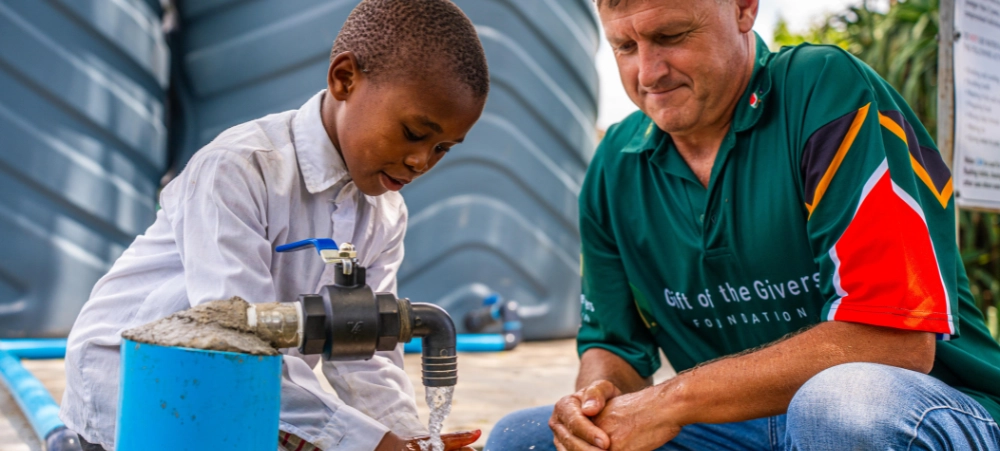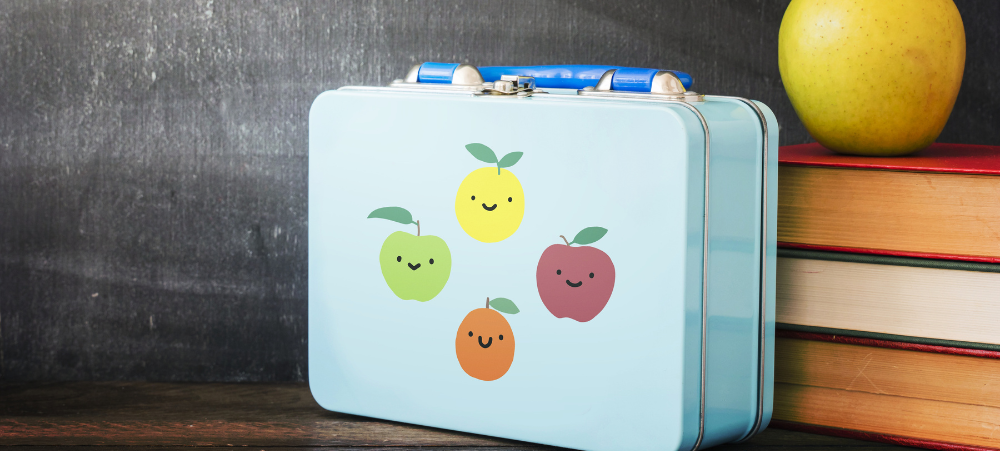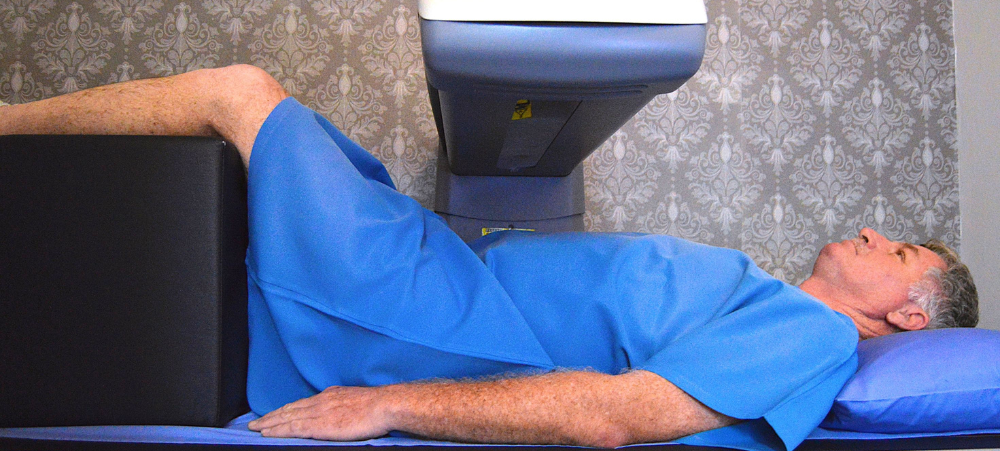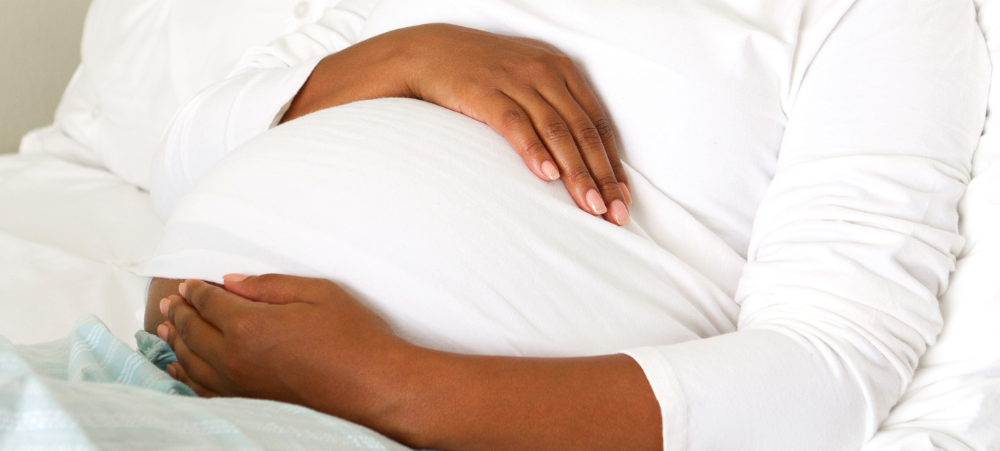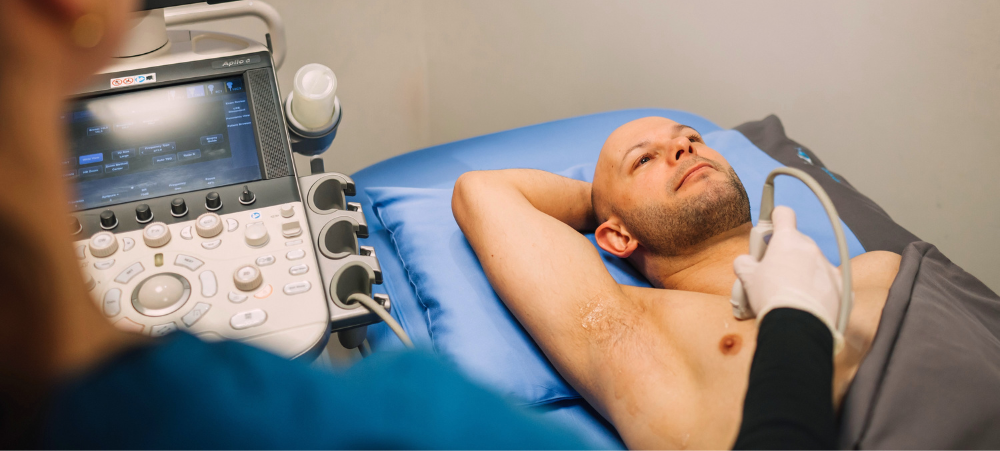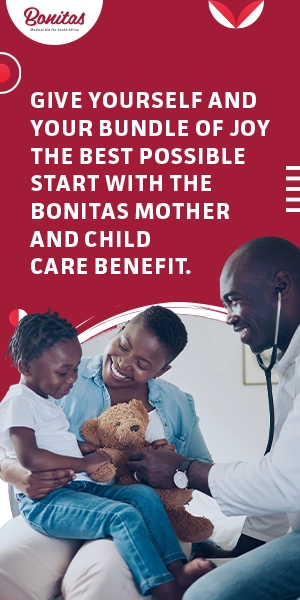
Getting to grips with flu
Few common illnesses are more unpleasant than the flu. The aches, pains, chills, fever and cough are bad enough. Add the other potential symptoms including runny nose, vomiting, diarrhoea, fatigue or sore throat and you’ll want the illness to be over as soon as possible. Or try to prevent it. Annually, flu kills around 11 500 people in South Africa and 20 000 are hospitalised. ‘The seasons are changing and with it comes the ‘flu virus,’ says Dr Themba Hadebe, Bonitas Medical Fund’s Clinical Executive. ‘Now is the time to take precautions against catching flu, including having a flu vaccine, which is recommended by the World Health Organization (WHO).’ Why a Flu vaccine? Although the flu vaccine will not eliminate your risk of developing flu, it helps reduce your chances of severe infection. What are Flu pandemics? These occur when a new flu virus emerges that is significantly different from circulating seasonal strains, causing widespread illness worldwide. Best known examples are the: 1918 Spanish flu, 1957 Asian flu, 1968 Hong Kong flu and the 2009 H1N1 pandemic. The 1918 Spanish flu pandemic was the most severe, it is estimated to have been responsible for the deaths of 50-100 million people. What is Flu? Flu is a contagious respiratory illness caused by the influenza viruses. It can cause mild to severe illness and can lead to hospitalisation and even death, especially in high-risk groups such as young children, the elderly, pregnant women and people with underlying health conditions. What is the current Flu strain in South Africa? There are four types of flu viruses: A, B, C and D. Most seasonal outbreaks of flu in humans are as a result of the A and B viruses. The most commonly reported influenza viruses for 2024 are type A(H1N1) and type B. What are the most common Flu symptoms in 2024? These may include the following: Fever of 38˚C or higher Aching muscles, especially in your back, arms and legs Chills and sweats Why do I need a Flu shot every year? ‘All viruses mutate – meaning the genetic material of the cell changes – but not at the same rate. Some mutate very quickly, including the flu virus. Which is why we get a new flu vaccine every year,’ says Dr Hadebe. Other preventive measures include frequent handwashing, covering your mouth and nose when you cough and sneeze, avoiding close contact with sick individuals and staying home when ill. Will the flu shot give me Flu? A flu shot cannot cause flu. Flu vaccines are currently made either with flu vaccine viruses that have been ‘inactivated’ and are not infectious or with no flu vaccine viruses at all. Some side effects may occur like redness, tenderness and swelling where the shot was given but this is mild and will only last a few days. These are infinitely preferable to a bad case of flu. Who should get a Flu vaccine? Annual flu vaccines are recommended for everyone six months and older, especially for those at higher risk of complications. The vaccine helps your immune system fight off the virus by producing antibodies which is why it’s best to vaccinate in April or May, before the start of flu season. Flu vaccinations are available at most pharmacies and the costs are generally covered by medical schemes. Anyone in the high-risk groups including: Healthcare workers Individuals over 65 years Individuals with chronic diseases – or comorbidities – for example: Cardiac disease, diabetes, asthma, kidney diseases (due to poorer baseline immunity) Pregnant women People with a BMI over 40 People who are immune compromised Who should NOT have the Flu vaccine? Those allergic to eggs or egg proteins as the vaccine manufacturing process involves the use of chicken eggs Infants under 6 months of age Individuals who may have had a severe reaction to a flu vaccine in the past Individuals who may be suffering from flu symptoms already How is flu transmitted? It spreads mainly through respiratory droplets when an infected person coughs, sneezes or talks. It can also spread by touching surfaces contaminated with the virus and then touching your mouth, nose, or eyes. What are the complications of Flu? Flu can lead to various complications, such as pneumonia, bronchitis, sinus infections, ear infections and worsening of chronic medical conditions like asthma or heart disease. Complications are more common in high-risk groups. ‘Flu viruses spread very quickly from person to person’, says Dr Hadebe. ‘Even if the flu vaccine is not 100% effective, it will reduce your risk of getting flu, and, if you do get it, it will be a great deal milder’.










